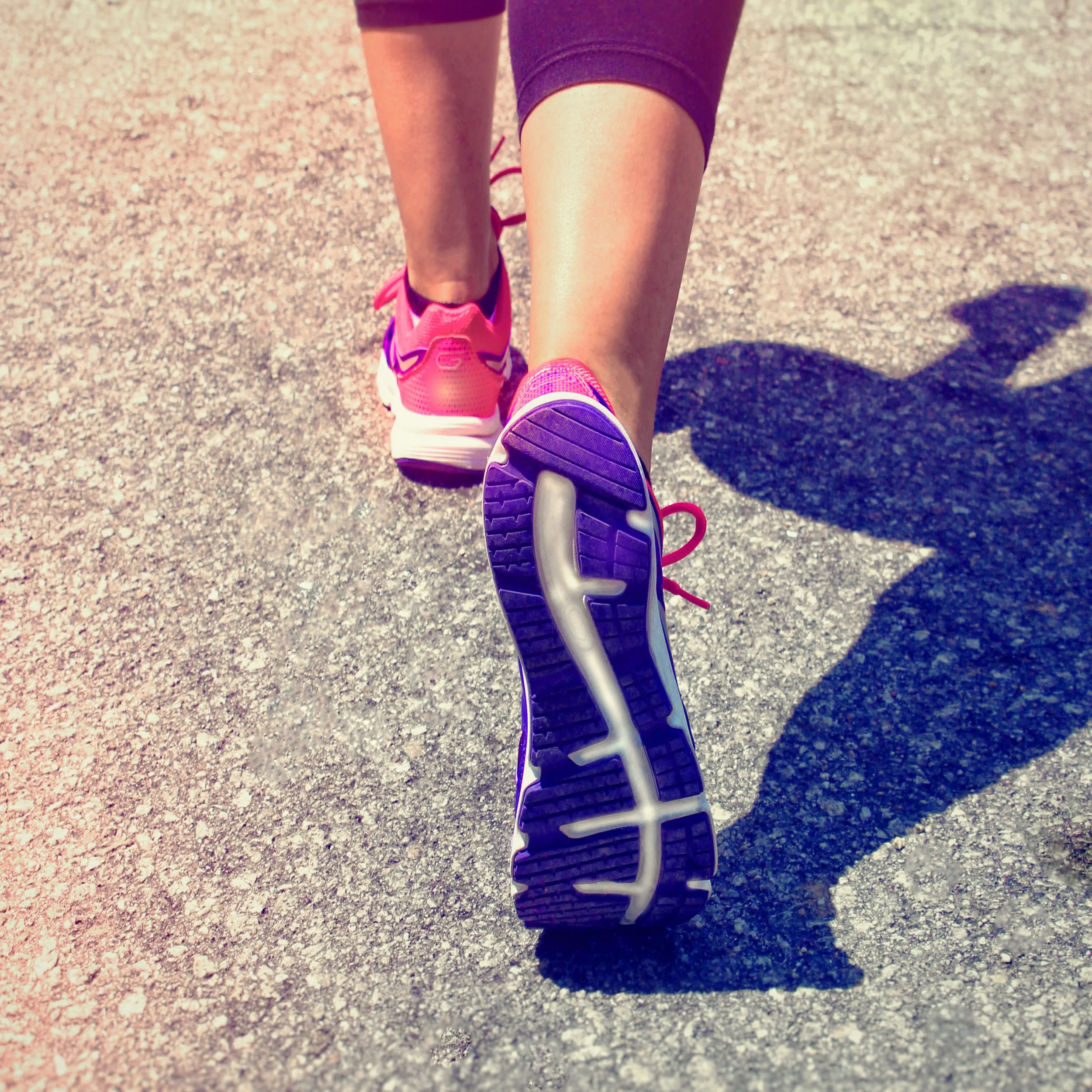7 Down-to-Earth Fitness Tips for Real People
Realistic fitness goals are crucial for building a sustainable lifestyle. “Sustainable” is a key term here. As you begin a health and fitness journey, whether you're embarking on a new fitness journey or returning to one, it’s important to remember that it is a journey, and not a destination. Here are seven practical tips to support your realistic fitness goals and foster lasting habit changes:
1. Set attainable goals:
Photo by Markus Winkler via Unsplash
This is one of the best tips for beginners to begin. Start by setting specific, measurable, attainable, relevant, and time-bound (SMART) goals. Break them down into smaller milestones that are realistic and can be accomplished within a reasonable timeframe. This approach helps you stay motivated and provides a sense of achievement as you progress.
This is a big part of what I do with my clients during my time with them. The small changes are instrumental in making a big difference.
2. Be aware of your current fitness level:
Assess your current fitness level accurately. Understand your strengths, weaknesses, and limitations. This self-awareness will help you choose appropriate exercises and design a fitness plan tailored to your abilities.
I talk often about the importance of mindfulness and living with intention. None of us can be perfect all the time. Imperfection is a part of the journey and it’s an important part to practice understanding.
3. Gradual progression:
Photo by Bruce Mars via Unsplash
Avoid the temptation to jump into intense workouts or restrictive diets right from the beginning. Instead, focus on gradual progression. Start with manageable exercise routines and gradually increase the intensity, duration, or frequency over time. This approach helps prevent injuries, burnout, and disappointment.
This also allows you to take the time to find what exercises and foods work for you and your lifestyle. Your health and fitness journey is just that—yours.
4. Prioritize consistency over intensity:
Consistency is key to achieving long-term results and sustainable change. It's better to engage in regular moderate exercise sessions than sporadic intense workouts. Find a sustainable exercise routine that suits your schedule and your lifestyle and commit to it. In time, you can change up your routine as you progress and evolve. But in the beginning, even small, consistent efforts yield significant benefits. Remember, those small changes make a big difference.
5. Embrace variety:
Incorporate various types of exercises and activities into your fitness routine. This not only prevents boredom but also allows you to target different muscle groups, improve overall fitness, and reduce the risk of overuse injuries.
If you’re a member of a gym, try different workout classes. If you like the outdoors, try different outdoor activities. If you like to exercise at home, explore the world of YouTube workouts and find yourself some favorite YouTube instructors (check out my article 6 Free YouTube Workouts That are Truly Amazing! for some great instructor and workout suggestions).
6. Listen to your body:
Photo by Ana Martin via Unsplash
You may have heard me say this before, and I’ll say it again and again: listen to your body. Pay attention to your body's signals and adjust your routine accordingly. Pushing through pain or exhaustion may lead to injuries or setbacks. Take rest days when needed, modify exercises to accommodate your fitness level, and seek professional advice if you experience persistent pain and discomfort.
7. Make sustainable lifestyle changes:
Photo by Austin Chan via Unsplash
Think about the long-term and about making lifestyle changes rather than focusing short-term fads or extreme measures. Slowly begin to incorporate healthy eating habits, regular exercise, adequate sleep, stress management, and other wellness practices into your daily life. Building sustainable habits promotes overall well-being and ensures lasting fitness results.
Again, focus on making micro-changes and building upon them. Too much at once can be overwhelming, and overwhelm can lead to discouragement. For more information on how to get started on your fitness journey, check out my 10 Fitness Tips for Beginners for a few more pointers!
In Conclusion…
Remember, being realistic doesn't mean settling or not doing “enough”. It means setting achievable goals, making gradual progress, and prioritizing sustainable practices that lead to long-term lifestyle changes and success!
Disclaimer: The workouts and fitness tips provided on this page are for informational purposes only and are not intended as a substitute for professional medical advice, diagnosis, or treatment. Always consult with your physician or qualified healthcare provider before beginning any new exercise program, especially if you have any preexisting health conditions or injuries. Participation in any workout is voluntary and at your own risk. The author and website are not liable for any injuries or health issues that may result from following these workouts. If you begin to feel dizzy, lightheaded, or in any way ill or adverse while engaging in these or any exercises, stop immediately and consult a medical professional. Listen to your body, modify as needed, and prioritize your safety at all times. I am not a doctor, mental health provider, or a licensed dietician, and therefore this is not official licensed medical, clinical, or nutrition advice. These are things that I have implemented in my own life and utilized in my health coaching practice after spending a substantial amount of time studying and practicing these techniques in fitness, habit change, and nutrition (still, I’m not a dietician). They are not meant to cure any ailment, and they are certainly not meant to serve as a replacement for any mental or medical healthcare treatment. It is important to always consult your own physician before beginning an exercise or nutrition program of any type.








